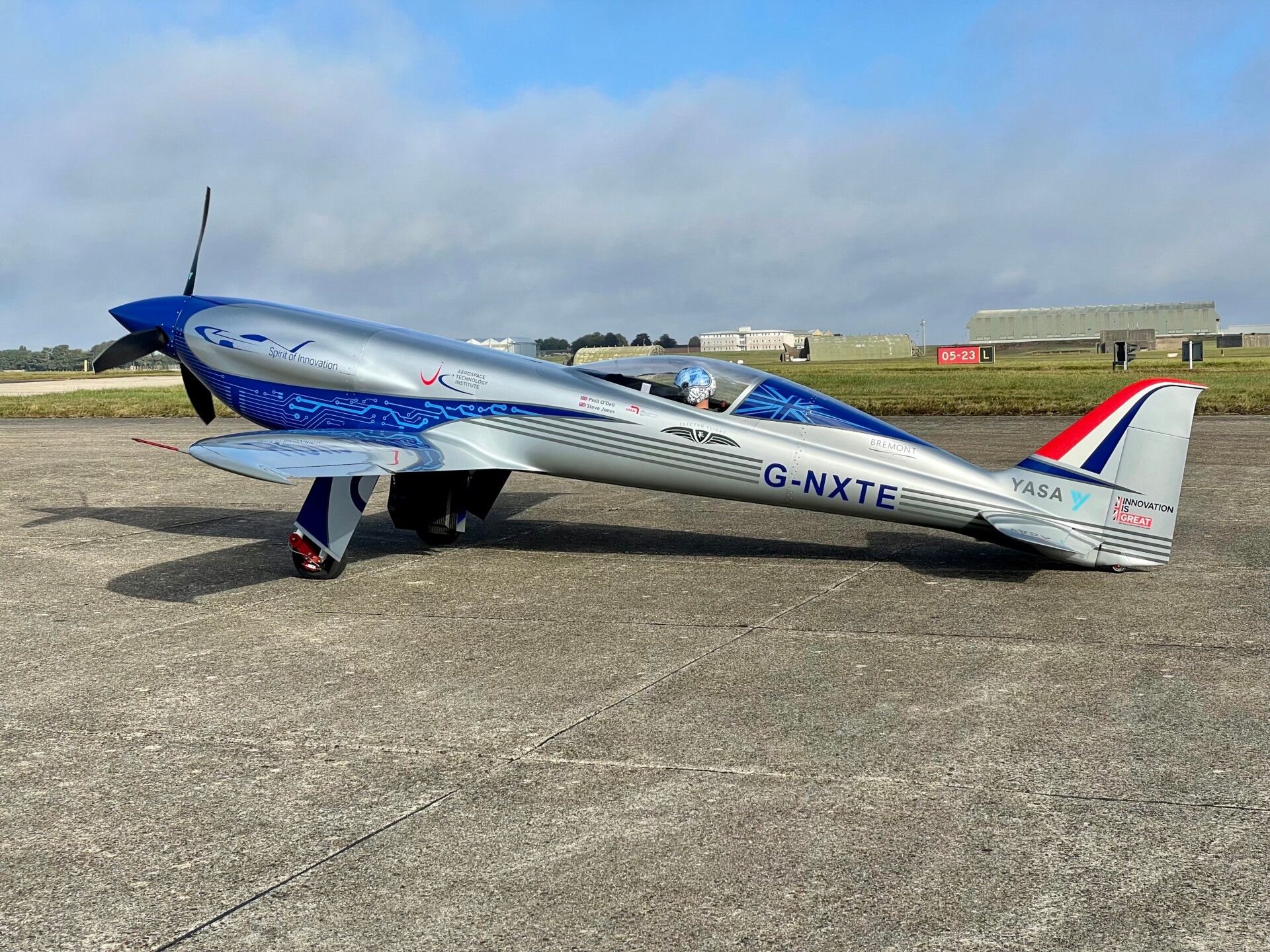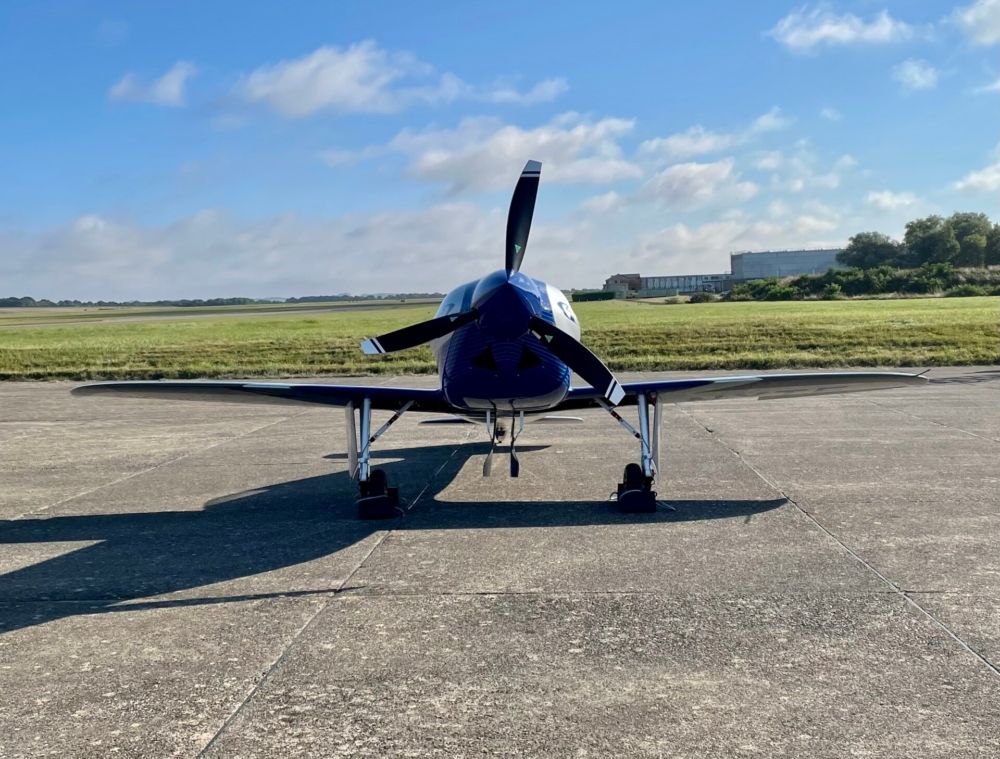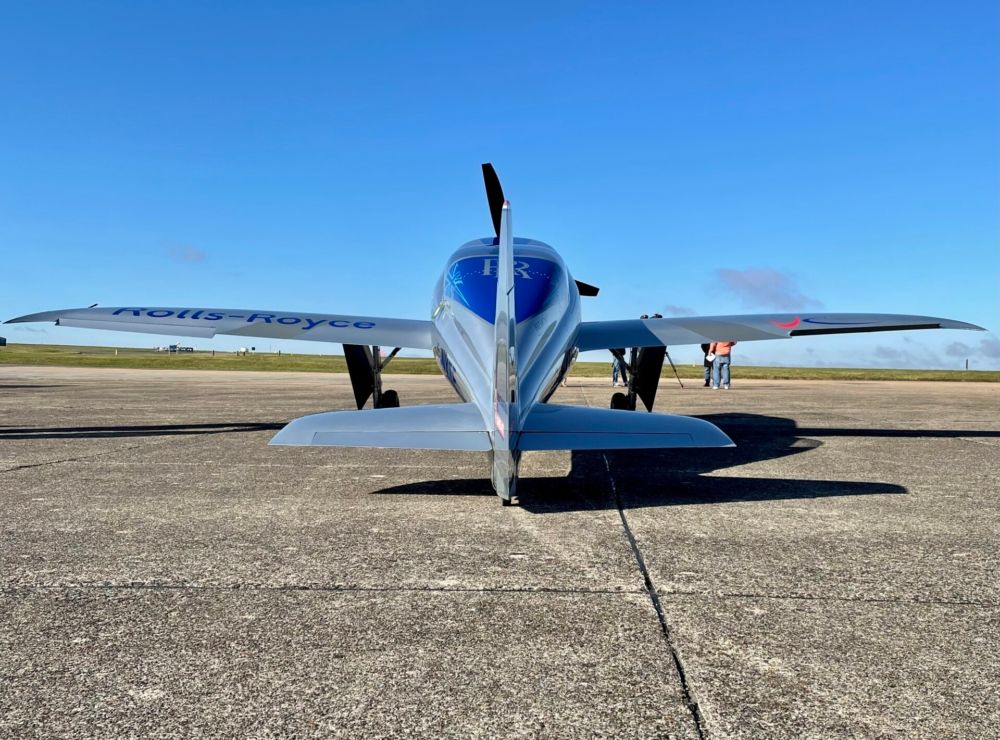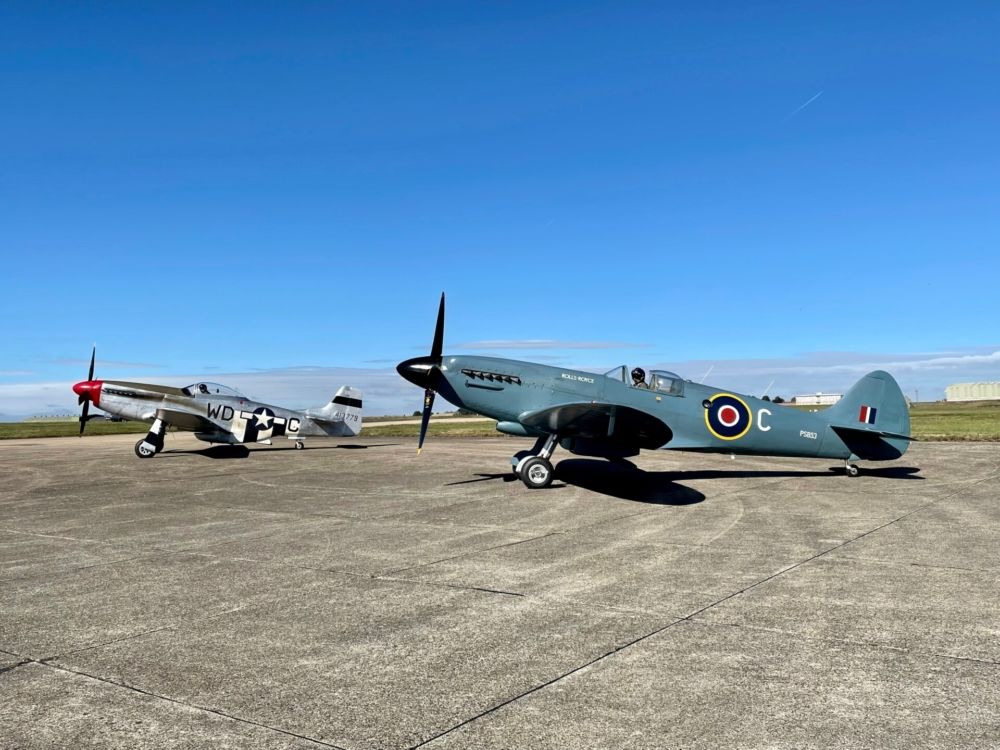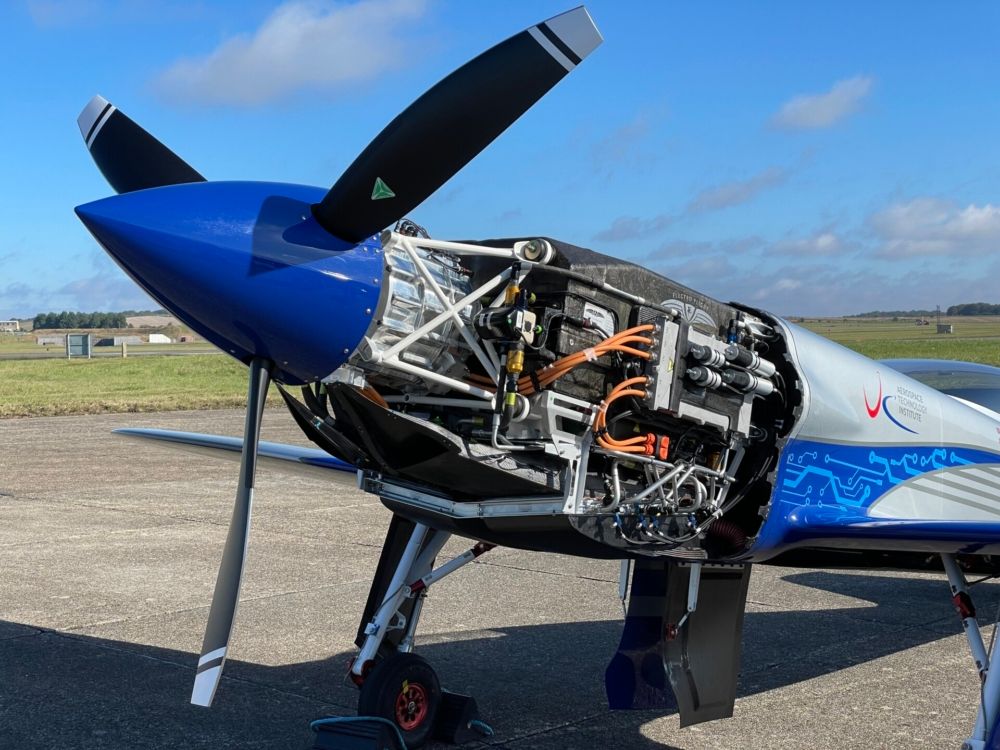Rolls-Royce highlights that it is leading a significantly technical initiative to build the world's fastest all-electric aircraft. Its Spirit of Innovation plane is currently flying to usher in the third generation of aviation. The company is determined to keep innovating from the early days of propellers, to today's jets, and to the future of electric propulsion.
Up in the skies
The British aviation powerhouse made a significant breakthrough last week as the all-electric aircraft took off with its 400kW (500+hp) electric powertrain for the first time. Now, the company has its sights on breaking the speed record for an electric aircraft.
Simple Flying had the honor of looking at the Spirit of Innovation up close from the MoD's Boscombe Down airfield this morning. While on-site, we spoke with some of the leaders of the exciting program.
Taking it to the next level
It was Siemens' Extra 330LE that broke the electric aircraft speed record in April 2017. This plane reached a top speed of 212 mph (341 km). Interestingly, Rolls-Rolls actually bought Siemens' Electric and Hybrid-Electric aerospace propulsion business in 2019.
Spirit nearly reached the 330LE's figure during its first two test flights. Therefore, it shouldn't have a problem pipping it to the post, which it intends to do in the next six weeks. However, Rolls-Royce isn't content on just surpassing the current number. It wants to comfortably sit on its own record. The firm has its sights top speeds of over 300 mph (483 km/hr).
"The interesting thing is, no one's interested if you did 212.5 mph. You put all this effort in - it needs to be significant. So, our threshold is to get over 300 mph. This airplane is very aerodynamic, it's very fast," Simon Burr, Rolls-Royce's Director, Engineering & Technology - Civil Aerospace, told Simple Flying.
"You open up the envelope. We've done two flights, and we have to make sure the airplane behaves as you expect. And then, gradually inch up the flying speeds to make sure the cooling systems work and such. Each flight is only 15 minutes, and you're dependent on weather, data analysis, and so on. So, it's all about doing it carefully."
The right Arsenal
With these ambitious targets, the aircraft needs the necessary support. With three electric motors delivering over 750 hp, the all-electric powertrain will achieve a 90% energy-efficient flight.
Notably, the law of conservation of energy states that energy can neither be created nor destroyed. It can only be transferred from one form to another. So, the remaining 10% will be lost through heat and sound. For instance, here, it can be transferred with the batteries or motors getting hot or the sound of the three electrically actuated propeller blades spinning at 2,400 RPM.
Looking at other fields of high-intensity travel, Formula 1 cars are only 50% energy efficient. In fact, the Spirit's powertrain's specifications are closer to a Formula E unit, at 750 volts. This factor brings high-power output at a relatively low weight.
The Spirit is actually a sports-class vehicle itself. It is a derivative of the carbon fiber Nemesis NXT racer. The NXT's prototype is the present internal combustion air record speed holder with a speed of 415 mph (667.8 km) over the Fédération Aéronautique Internationale (FAI) 3 km course.
Covering all angles
There are several challenges to consider when developing such a plane. Namely, engineers have had to carefully draw up solutions to regulate the temperature of the battery pack. Thus, the active thermal management system consists of a coolant radiator and numerous coolant pumps.
Spirit of Innovation's avionics bay includes the control hardware. The engine control unit (ECU), power distribution unit (PDU), and flight sensors can be found here. To ensure continued safety and high performance, sensors will collect in-flight information across more than 20,000 points every second. This process will measure factors such as battery voltage, temperature, and general performance information.
The high-tech controls system gives the pilot all the required information swiftly. Details include temperature warnings and energy usage.
For the record attempt, the aircraft will use three YASA-produced 750R lightweight e-motors to provide over 750 hp to the propeller at a lower RPM than a standard aircraft, increasing stability and reducing noise.
Altogether it's all about power. Thus, 6,000 ACCEL cells are packed in for maximum lightness and heat protection. The batteries produce DC power, but the motor needs an AC power input. So, the inverter converts the power to DC from AC.
A creative solution
Speed is the priority of this program rather than range. Rolls-Royce highlights that in the shorter term, the technology can relay effectively across short-haul travel industries. While a domino effect could bring electric revolutions for long-haul travel, in the long run, the company feels that sustainable aviation fuel (SAF) and hydrogen will hold more dominance in this field.
Subsequently, there is a significant emphasis on utilizing the benefits of this power in urban air mobility (UAM). This market is set to take off well over the next decade, with considerable investments being made to help carry commuters more effectively across their cities. The speed and environmental advantages of the Spirit of Innovation will undoubtedly prove vital in this field, with the likes of CityAirbus already flying with Royce-Royce motors.
Overall, Rolls-Royce's teams are entirely behind the electric revolution. Chief test pilot Phill O'Dell shared that this new model is not much different to fly than the existing aircraft he's familiar with. He concluded that electric aircraft are here to stay and that he is excited for the future of his industry.
What are your thoughts about the Spirit of Innovation? What do you make of Rolls-Royce's efforts in electric aviation? Let us know what you think of these operations and their prospects in the comment section.

